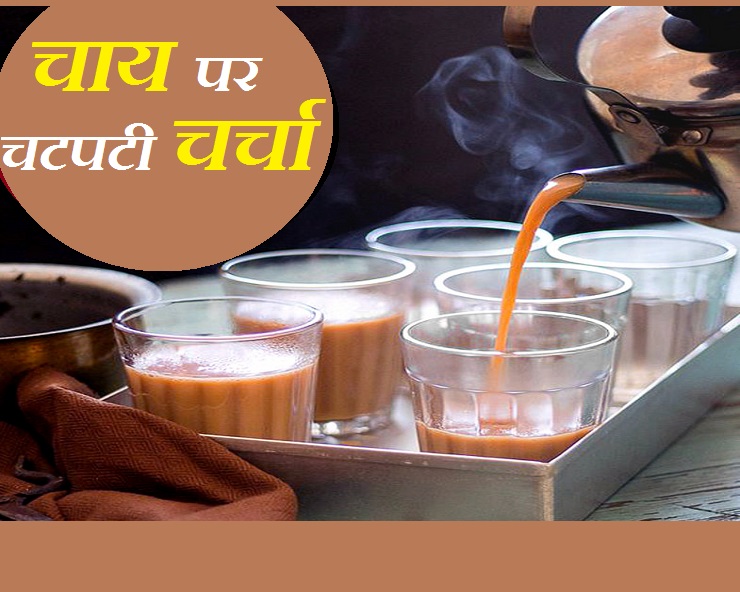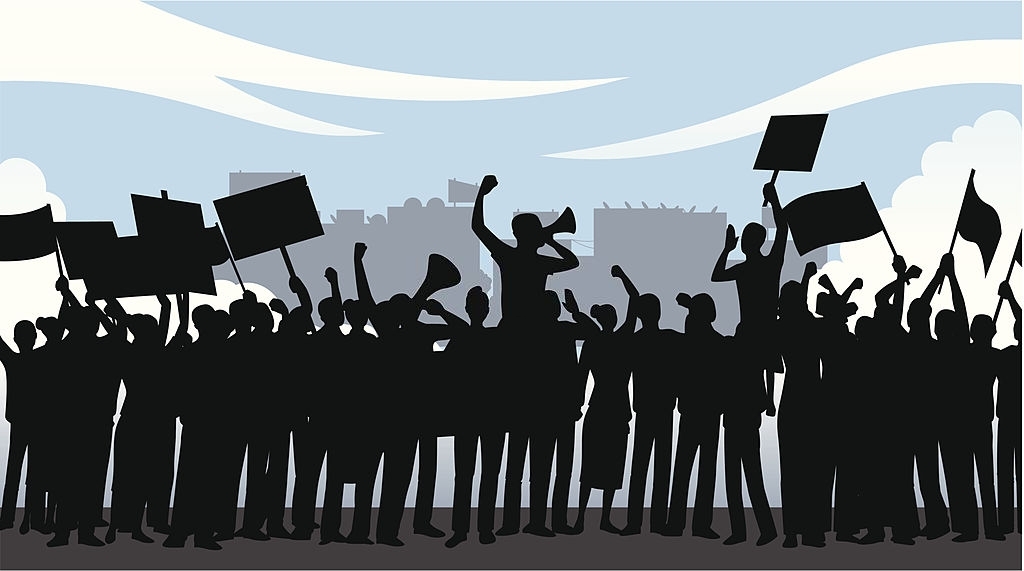Election Campaign
Election Campaign-In the 2019 Indian general election, Prime Minister Narendra Modi countered corruption charges made by the Indian National Congress’s (INC) Rahul Gandhi through the Chowkidar campaign. The author analyses how Modi and the Bharatiya Janata Party (BJP) were successfully able to employ the Chowkidar slogan on social media and integrate it with their offline campaign. The Chowkidar campaign and use of social media, the author argues, are a part of Modi’s populist playbook, noting the similarities the most recent campaign has with the BJP’s Chaiwala campaign in the 2014 general election.

Election Campaign-In the 2019 Indian general election, Prime Minister Narendra Modi countered corruption charges made by the Indian National Congress’s (INC) Rahul Gandhi through the Chowkidar campaign. The author analyses how Modi and the Bharatiya Janata Party (BJP) were successfully able to employ the Chowkidar slogan on social media and integrate it with their offline campaign. The Chowkidar campaign and use of social media, the author argues, are a part of Modi’s populist playbook, noting the similarities the most recent campaign has with the BJP’s Chaiwala campaign in the 2014 general election.
Why Focus on Twitter
Before examining the campaign on Twitter, I would like to clarify why I have chosen to focus on social media, and on Twitter in particular. This clarification is important in light of a recent report by the Lokniti Programme for Comparative Democracy, which argues that the impact of social media on elections in India might be “exaggerated.” According to the report, only 7% of regular social media users were using Twitter on a weekly basis, compared to 27% for Facebook (Lokniti-CSDS-KAS 2019: 7). Moreover, in India, it is estimated that Twitter’s user base is 30 million, which is only 10% of Facebook’s user base (300 million) (Poona and Bansal 2019)

